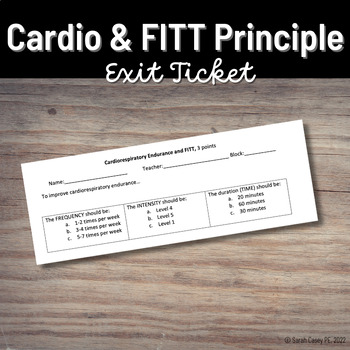

For example, a squat with movement at the hip, knee and ankle is better than a leg extension, which only gives you movement at the knee. Type: Varying your exercises by using compound movements (exercises that involve more than one joint) will help prevent overuse injuries, she says.That can help you increase the difficulty without having to do a ton or reps or lift a lot of weight. In the case of strength and resistance training, for example, it’s recommended that you allow at least one day for recovery between sessions. Try lowering down into a squat for five seconds, pausing for three seconds, then coming up in one second. “I would even play with the tempo,” Greenman says.
FITT PRINCIPLE EXAMPLE FULL

She also advises clients to begin with a plan in mind and eliminate distractions - no texting between sets or chatting with gym buddies during your reps. Intensity: Like other trainers, Greenman suggests an RPE of 7 out of 10.If you want to go to the gym six days a week, the other three days would be for chest, back and core to give your leg muscles ample recovery time. The FITT principle has been around for a long time and is used to help structure training programs and sessions. That means you could do: Monday, Wednesday and Friday as “leg days” with different muscles of the legs - quads, glutes and hamstrings - as your main focus those days. Frequency: Because you’re determined to build strong legs, concentrate on them two to three times a week.


 0 kommentar(er)
0 kommentar(er)
